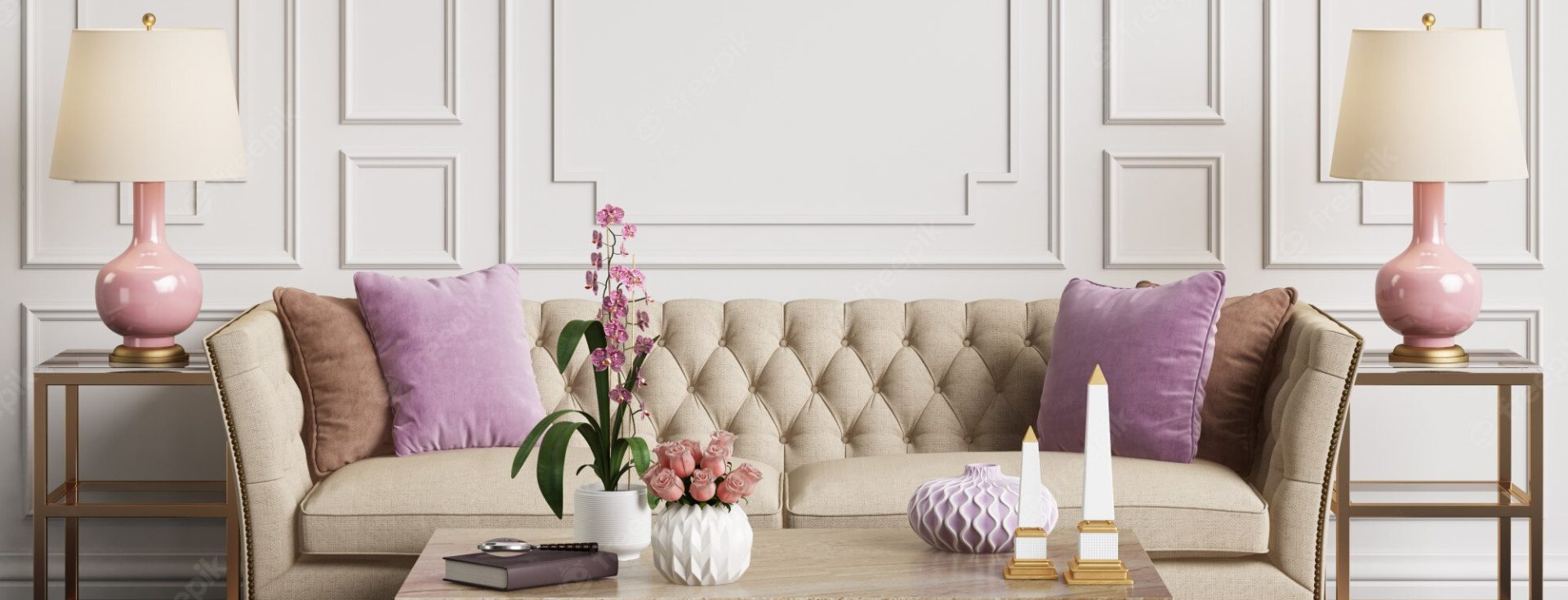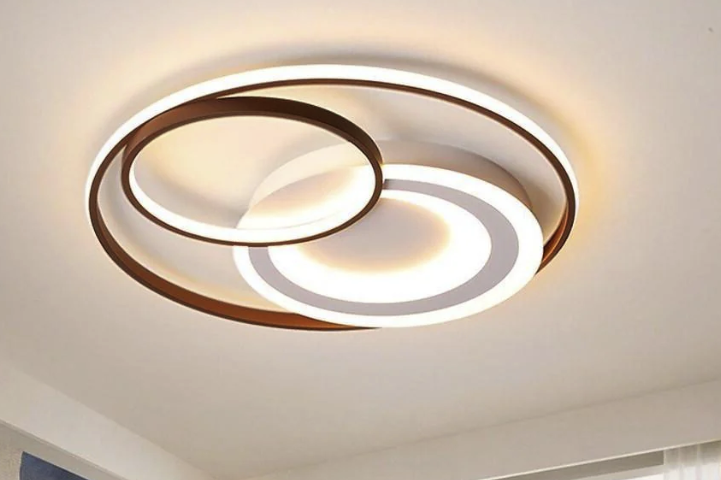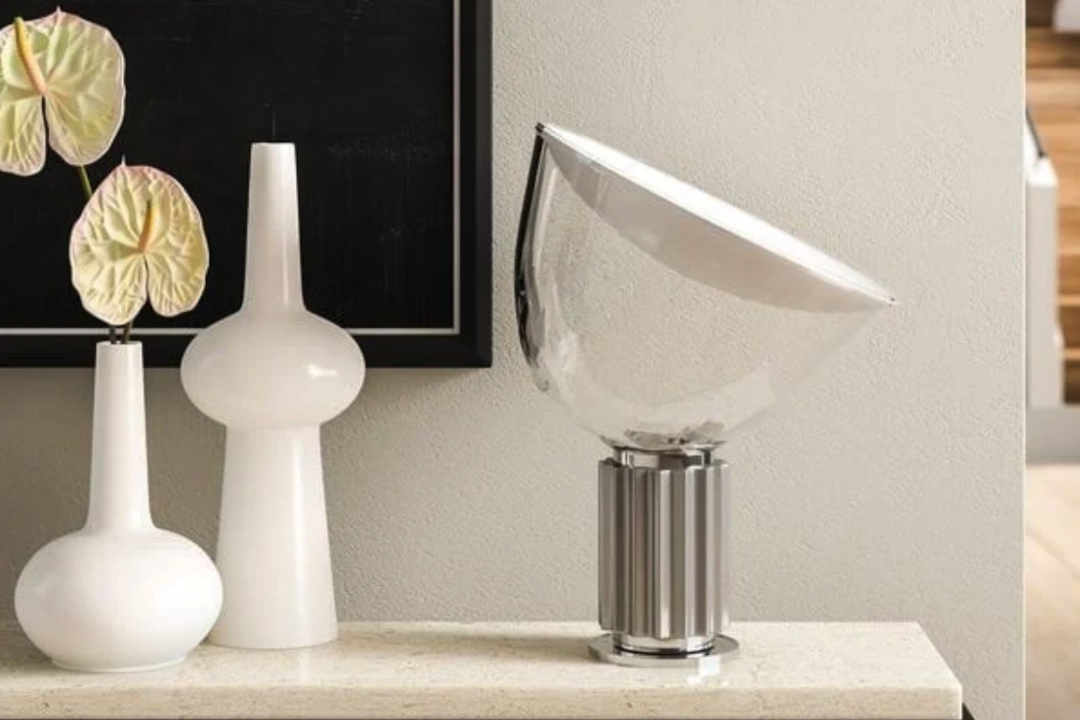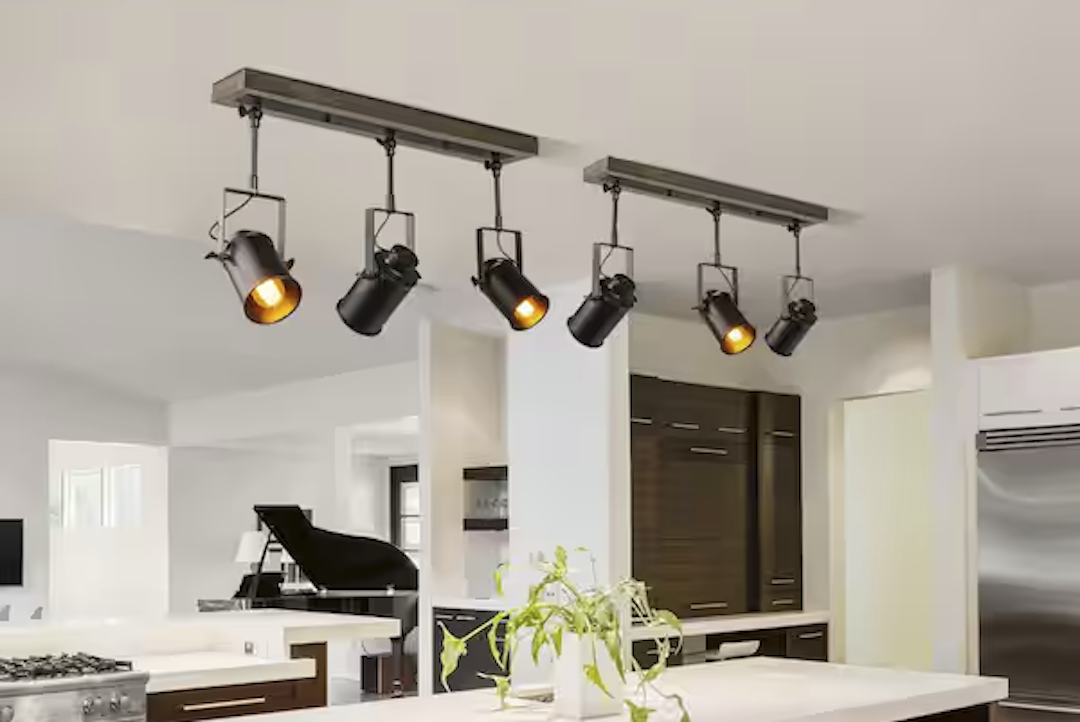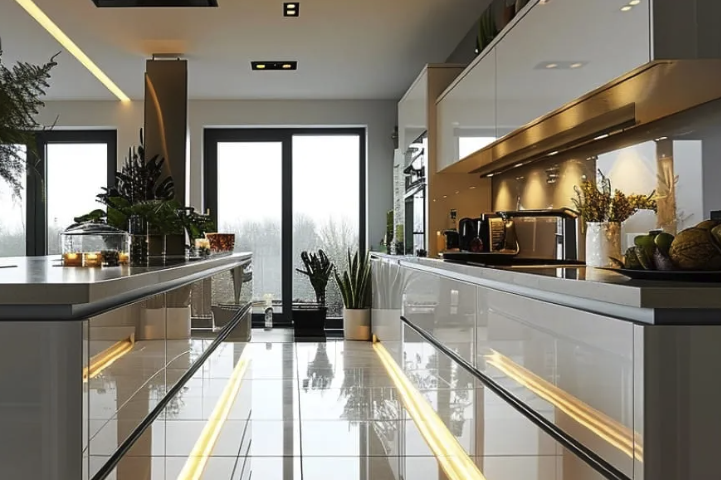The kitchen is often considered the heart of the home, a space where culinary creativity flourishes and family gatherings take place. However, it is also an area that faces unique challenges, particularly concerning moisture and humidity. Traditional ceiling materials may not withstand the rigors of a kitchen environment, where steam from cooking, spills, and even the occasional leak can lead to significant damage over time.
This is where waterproof ceilings come into play, offering a practical solution that combines functionality with aesthetic appeal. Waterproof ceilings are specifically designed to resist moisture, preventing issues such as mold growth, warping, and peeling paint. They are increasingly becoming a popular choice among homeowners and designers alike, as they not only enhance the durability of the kitchen but also contribute to a cleaner and healthier living space.
With a variety of materials and designs available, waterproof ceilings can be tailored to fit any kitchen style, making them an attractive option for those looking to renovate or build a new kitchen.
Benefits of Using Waterproof Ceilings in the Kitchen
Protection from Moisture Damage
In kitchens, humidity levels can fluctuate dramatically due to cooking activities, causing traditional ceiling materials to absorb water. This can lead to structural damage and health risks like mold and mildew. Waterproof ceilings, on the other hand, are engineered to repel water, ensuring they remain intact and functional even in the most humid conditions.Idmhome
Aesthetic Versatility and Low Maintenance
This characteristic not only prolongs the lifespan of the ceiling but also reduces the need for frequent repairs or replacements. In addition to their moisture-resistant properties, they offer enhanced aesthetic versatility, available in various styles, colors, and finishes, allowing homeowners to choose options that complement their kitchen decor.
Types of Waterproof Ceiling Materials
When it comes to waterproof ceilings, several materials stand out for their effectiveness and aesthetic appeal. PVC (polyvinyl chloride) panels are among the most popular choices due to their lightweight nature and resistance to moisture. These panels come in a variety of colors and finishes, including glossy and matte options, making them suitable for both contemporary and traditional kitchens.
Additionally, PVC panels are easy to clean and maintain, requiring only a simple wipe-down with a damp cloth. Another excellent option is fiberglass-reinforced plastic (FRP) panels. These panels are known for their durability and resistance to impact, making them ideal for high-traffic kitchen environments.
FRP panels are also non-porous, which means they do not absorb moisture or harbor bacteria, contributing to a healthier kitchen atmosphere. For those seeking a more natural look, wood composite materials treated with waterproof finishes can provide an attractive alternative while still offering protection against moisture damage.
How to Install Waterproof Ceilings in the Kitchen
Installing waterproof ceilings in the kitchen can be a straightforward process if approached methodically. The first step involves assessing the existing ceiling structure and determining whether any repairs are needed before installation begins. It is crucial to ensure that the underlying framework is sound and free from any signs of water damage or mold growth.
Once the area is prepared, homeowners can choose between professional installation or a DIY approach, depending on their comfort level with home improvement projects. For DIY enthusiasts, the installation process typically starts with measuring the ceiling area accurately to determine how many panels or tiles will be needed. After cutting the panels to size if necessary, they can be attached directly to the existing ceiling using adhesive or screws, depending on the material chosen.
It is essential to follow manufacturer guidelines for installation to ensure optimal performance and longevity. For those opting for professional installation, hiring a contractor experienced in waterproof ceiling systems can save time and guarantee a high-quality finish.
Maintenance and Cleaning of Waterproof Ceilings
One of the significant advantages of waterproof ceilings is their low maintenance requirements. Unlike traditional ceilings that may require regular painting or sealing to protect against moisture damage, waterproof ceilings are designed to withstand humidity without deteriorating over time. Cleaning these ceilings is typically as simple as wiping them down with a damp cloth or sponge using mild soap and water.
This ease of maintenance makes them particularly appealing for busy households where time is often at a premium. However, it is still essential to perform periodic inspections of waterproof ceilings to ensure they remain in good condition. Homeowners should check for any signs of wear or damage, such as cracks or discoloration, which could indicate underlying issues.
Addressing these problems promptly can help maintain the integrity of the ceiling and prevent more significant repairs down the line. Regular cleaning not only keeps the ceiling looking fresh but also contributes to a healthier kitchen environment by reducing dust and allergens.
Waterproof Ceiling Designs for the Kitchen
Modern and Sleek
For modern kitchens, sleek panels with a high-gloss finish can create a contemporary look that reflects light and enhances the sense of space. These panels can be installed in straight lines or arranged in geometric patterns for added visual interest.
Rustic Charm
For those who prefer a more rustic or traditional aesthetic, wood-look waterproof ceiling tiles can provide warmth and character without compromising on functionality. These tiles mimic the appearance of natural wood while being resistant to moisture and easy to maintain.
Adding Decorative Elements
Additionally, decorative elements such as crown molding or recessed lighting can be incorporated into waterproof ceiling designs to elevate the overall ambiance of the kitchen.
Cost of Installing Waterproof Ceilings in the Kitchen
The cost of installing waterproof ceilings in a kitchen can vary significantly based on several factors, including material choice, ceiling size, and whether professional installation is required. On average, homeowners can expect to pay between $2 to $6 per square foot for materials alone. PVC panels tend to be on the lower end of this spectrum due to their affordability and ease of installation, while more specialized materials like FRP may command higher prices due to their durability and performance characteristics.
In addition to material costs, labor expenses should also be considered if hiring professionals for installation. Labor costs can range from $50 to $100 per hour depending on the complexity of the project and local market rates. Homeowners should obtain multiple quotes from contractors to ensure they receive competitive pricing while also considering the quality of workmanship offered.
Comparing Waterproof Ceilings to Traditional Ceilings in the Kitchen
When comparing waterproof ceilings to traditional ceilings in kitchens, several key differences emerge that highlight the advantages of opting for waterproof solutions. Traditional ceilings made from drywall or plaster are susceptible to moisture damage over time; they can warp, crack, or develop mold if exposed to high humidity levels frequently found in kitchens. In contrast, waterproof ceilings are specifically designed to resist these issues, providing long-lasting protection against moisture-related problems.
Another significant difference lies in maintenance requirements. Traditional ceilings often require regular painting or sealing to maintain their appearance and protect against moisture damage. This ongoing upkeep can be time-consuming and costly over time.
Waterproof ceilings eliminate much of this burden by offering durable surfaces that require minimal maintenance while still looking great year after year.
Tips for Choosing the Right Waterproof Ceiling for the Kitchen
Selecting the right waterproof ceiling for your kitchen involves considering several factors that align with your specific needs and preferences. First and foremost, assess your kitchen’s overall style and color scheme; this will help guide your choice of materials and finishes that will complement your existing decor. For instance, if you have a modern kitchen with sleek lines and minimalistic features, opting for glossy PVC panels may enhance that contemporary feel.
Additionally, consider the level of moisture exposure your kitchen experiences daily. If you frequently cook with steam or have high humidity levels due to lack of ventilation, investing in higher-quality materials like FRP may be worthwhile for their superior durability and resistance to wear over time. Finally, think about your budget; while it’s essential to choose a product that meets your needs effectively, it’s equally important to find options that fit within your financial constraints.
Waterproof Ceiling Options for Different Kitchen Styles
Different kitchen styles call for unique approaches when it comes to selecting waterproof ceiling options that harmonize with overall aesthetics. In contemporary kitchens characterized by clean lines and minimalist design elements, sleek PVC panels in neutral tones can create an unobtrusive yet stylish backdrop that enhances natural light flow without overwhelming other design features. For farmhouse-style kitchens that embrace rustic charm, wood-look waterproof ceiling tiles can evoke warmth while providing practical benefits against moisture damage.
These tiles can be paired with exposed beams or shiplap walls for an authentic farmhouse feel that remains functional in a busy cooking environment. Similarly, Mediterranean-style kitchens may benefit from colorful ceramic tiles or textured panels that reflect cultural influences while ensuring durability against humidity.
Why Waterproof Ceilings are Perfect for the Kitchen Space
Waterproof ceilings represent an innovative solution tailored specifically for one of the most demanding environments in any home—the kitchen. Their ability to resist moisture while offering aesthetic versatility makes them an ideal choice for homeowners looking to enhance both functionality and style within this vital space. With various materials available that cater to different tastes and budgets, waterproof ceilings provide an opportunity for creative expression without sacrificing practicality.
As kitchens continue evolving into multifunctional spaces where cooking meets socializing and entertaining, investing in durable solutions like waterproof ceilings becomes increasingly important. By choosing materials designed specifically for high-humidity environments, homeowners can enjoy peace of mind knowing their ceilings will withstand daily wear while contributing positively to their overall kitchen experience.
